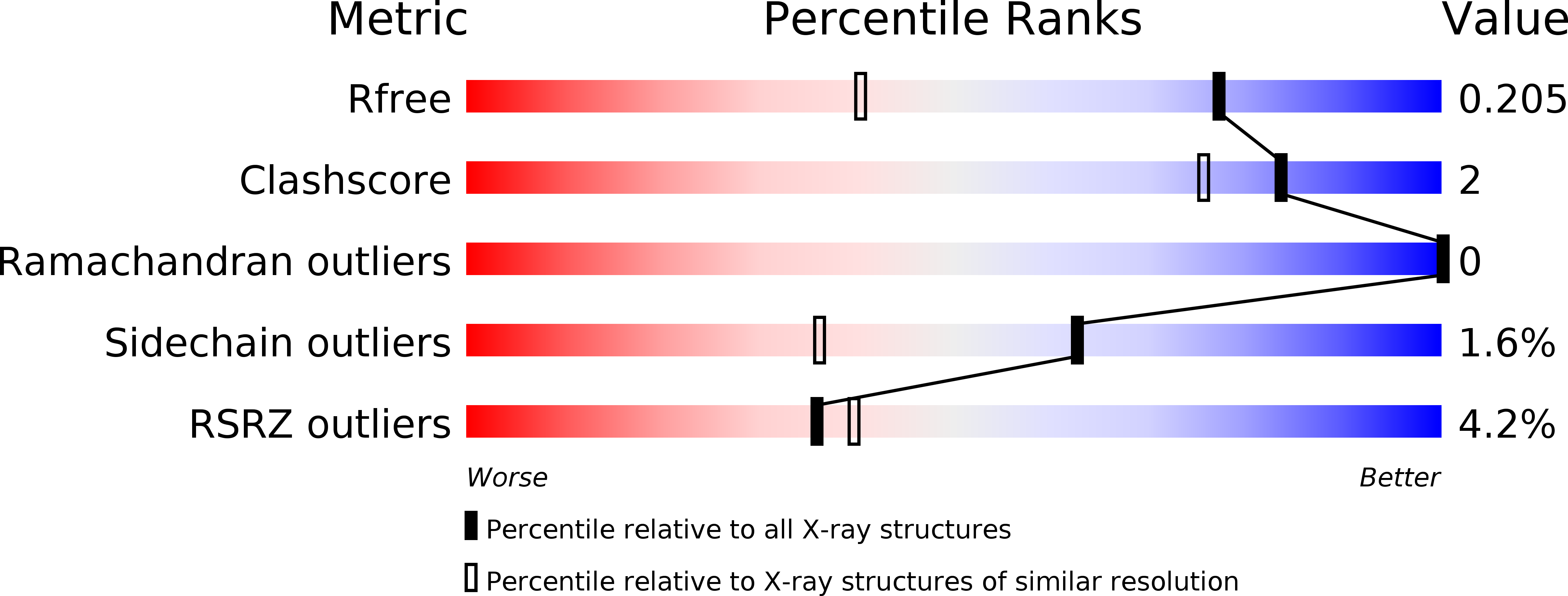Abstact
3-phosphoinositide-dependent protein kinase-1 (PDK1) phosphorylates and activates many kinases belonging to the AGC subfamily. PDK1 possesses a C-terminal pleckstrin homology (PH) domain that interacts with PtdIns(3,4,5)P3/PtdIns(3,4)P2 and with lower affinity to PtdIns(4,5)P2. We describe the crystal structure of the PDK1 PH domain, in the absence and presence of PtdIns(3,4,5)P3 and Ins(1,3,4,5)P4. The structures reveal a 'budded' PH domain fold, possessing an N-terminal extension forming an integral part of the overall fold, and display an unusually spacious ligand-binding site. Mutagenesis and lipid-binding studies were used to define the contribution of residues involved in phosphoinositide binding. Using a novel quantitative binding assay, we found that Ins(1,3,4,5,6)P5 and InsP6, which are present at micromolar levels in the cytosol, interact with full-length PDK1 with nanomolar affinities. Utilising the isolated PDK1 PH domain, which has reduced affinity for Ins(1,3,4,5,6)P5/InsP6, we perform localisation studies that suggest that these inositol phosphates serve to anchor a portion of cellular PDK1 in the cytosol, where it could activate its substrates such as p70 S6-kinase and p90 ribosomal S6 kinase that do not interact with phosphoinositides.



